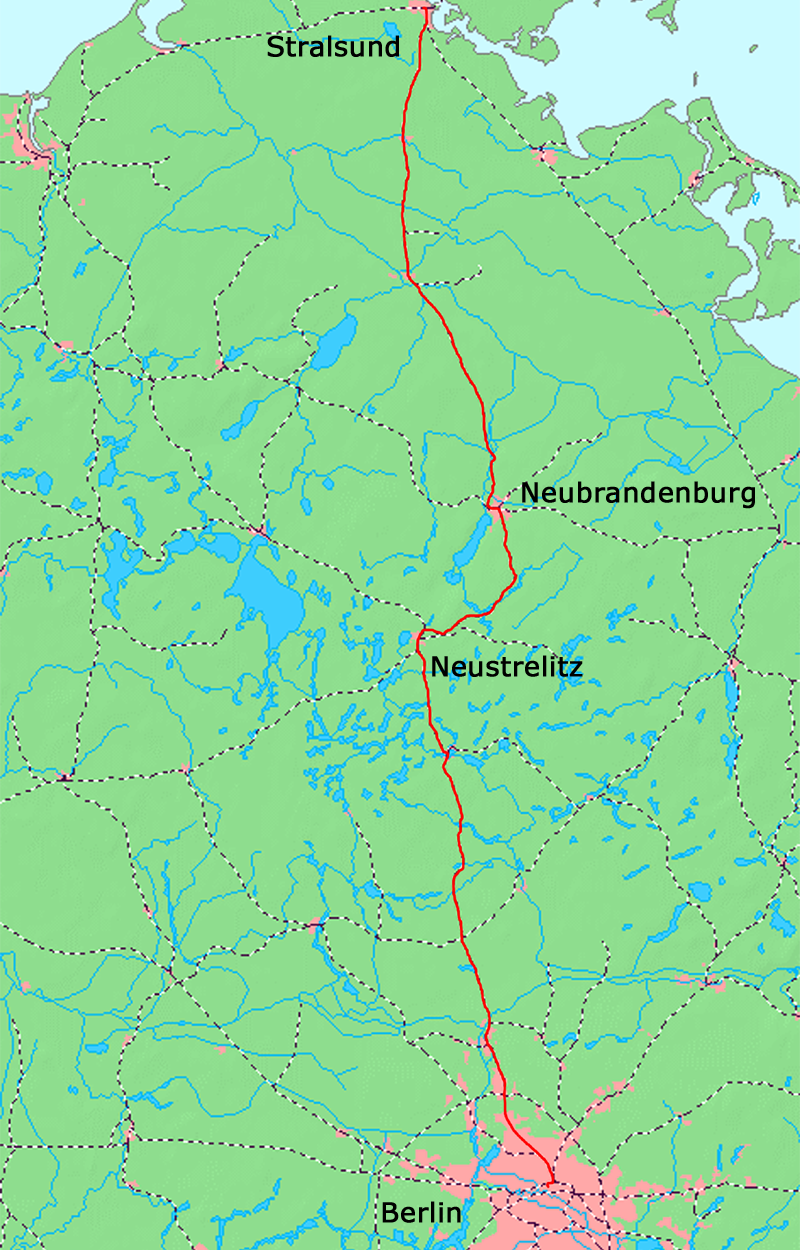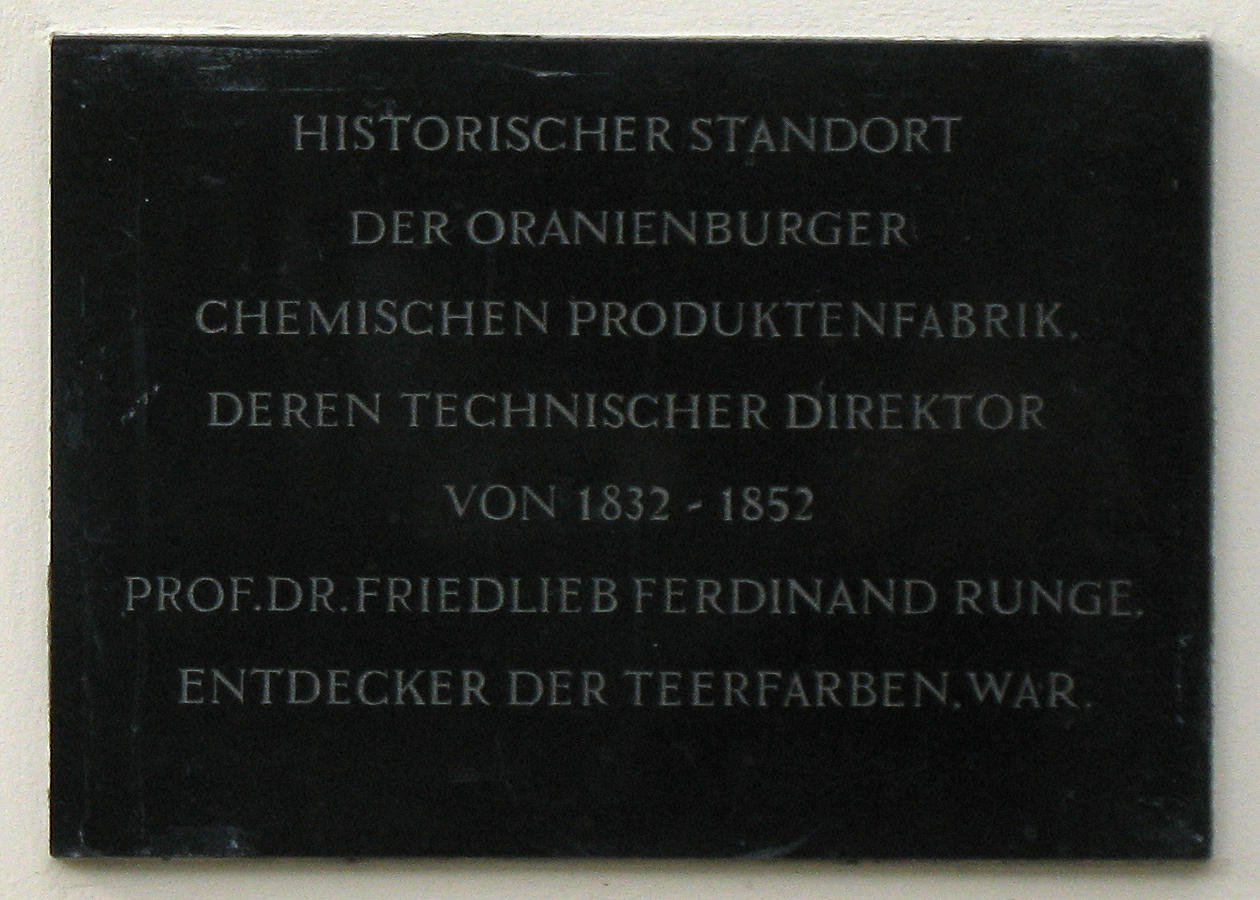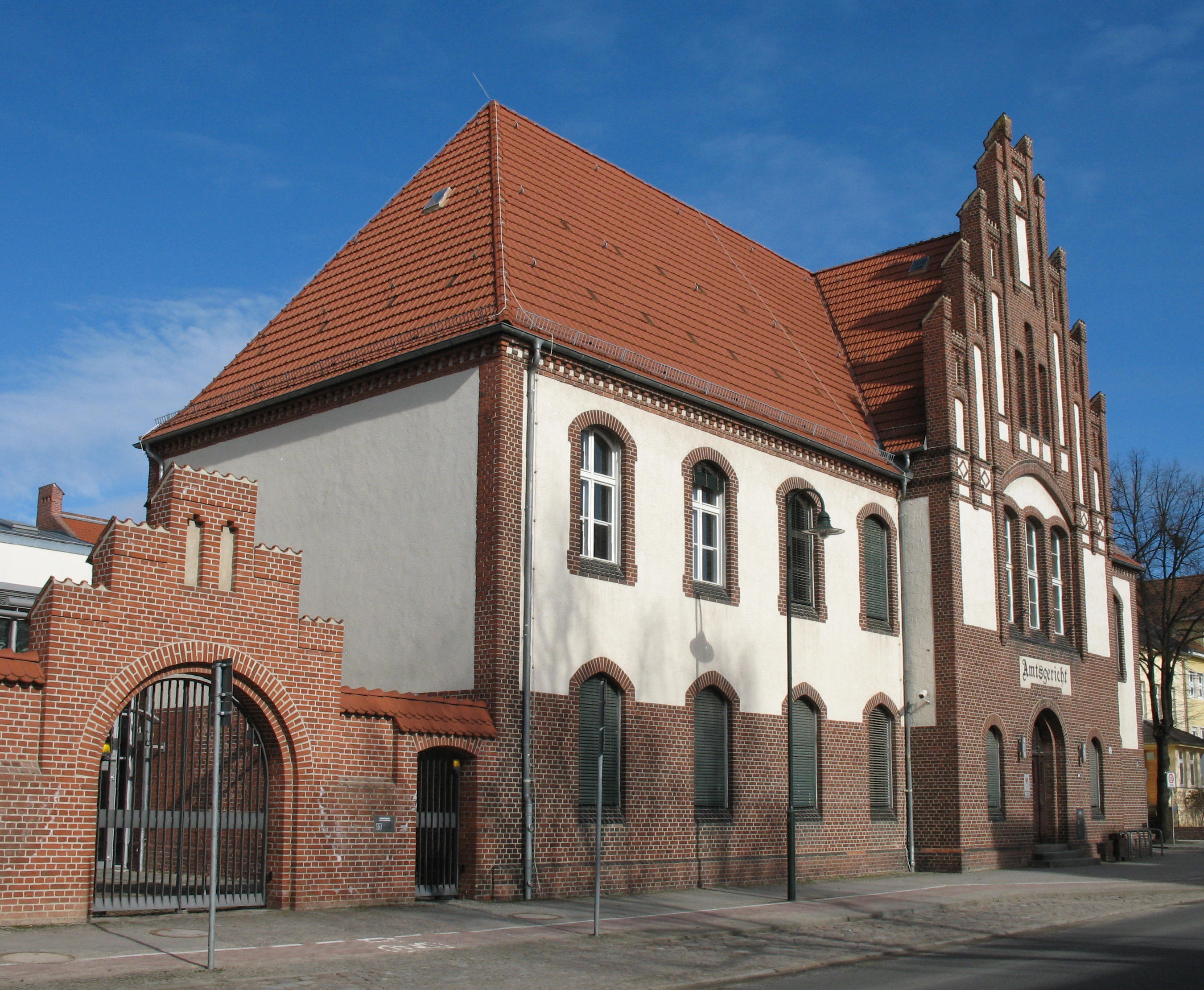|
Stettiner Bahnhof
Berlin Nordbahnhof (until 1950 Stettiner Bahnhof) is a railway station in the Mitte (locality), Mitte district of Berlin, Germany. It is served by the Berlin S-Bahn and local bus and tram lines. History First station In 1842, the ''Stettiner Bahnhof'' opened as the terminus of Berlin-Szczecin railway, the railway line to the capital of the state of Pomerania, Stettin ( pl, Szczecin (since 1945 a part of Poland). The terminus was built on the previous site of the gallows field on the Invalidenstraße, in front of the Hamburg Gate in the Berlin Customs Wall. Initially mainly intended to connect Berlin to Stettin's sea port, the line later also became important for reaching the holiday resorts on the Baltic Sea (so-called ''Pomerania Riviera'' or more colloquial ''Berliners' bath tub''). As the number of passengers increased rapidly, the station became one of Berlin's busiest railway termini and had to be enlarged several times. Second station Between 1870 and 1876, an entirely new ... [...More Info...] [...Related Items...] OR: [Wikipedia] [Google] [Baidu] |
Railway Station Types In Germany
The railways in Germany use several abbreviations to differentiate between various types of stations, stops, railway facilities and other places of rail service. Places with a set of points * – ' (railway station), defined as a place where trains may start, terminate, stop, overtake, meet or change directions, and that has at least one set of points. It can be additionally named after its purpose: ** – ', the main or central station of a town or city. Also the only abbreviation commonly found on station timetables and signs. ** – ' (passenger station), usually used to differentiate in places that have several types of stations, but only one passenger station. ** – ' ( long distance station) ** – ' (freight station) ** – ', a station only for operational tasks like train overtakes. ** – ' ( marshalling yard) ** – ' (transshipment station) ** – ', a station serving a power plant. ** – ' ( mail station) * – ' (part of a station), used when a station con ... [...More Info...] [...Related Items...] OR: [Wikipedia] [Google] [Baidu] |
Berlin Northern Railway
The Berlin Northern Railway (german: Berliner Nordbahn) is a 223-kilometre-long main line route, that runs from Berlin via Neustrelitz and Neubrandenburg to Stralsund on the Baltic Sea coast. Nowadays, long-distance and regional traffic on the Nordbahn is routed at Hohen Neuendorf onto the Berlin Outer Ring to the Karower Kreuz and on to Berlin Main Station or Berlin-Lichtenberg. History Construction of the line was preceded by decades of planning from 1843 until 1870 when the newly founded ''Berlin Northern Railway Company'' (German: ''Berliner Nord-Eisenbahn-Gesellschaft'') gained the concessions from the states of Prussia and Mecklenburg-Strelitz. For financial reasons, the company was dissolved on 15 December 1875. The Prussian government acquired the unfinished railway and handed over further construction of it to the Lower Silesian-Markish Railway (''Niederschlesisch-Märkische Eisenbahn''). The opening took place in three stages: *10 July 1877: Berlin–Oranienburg–Neust ... [...More Info...] [...Related Items...] OR: [Wikipedia] [Google] [Baidu] |
Landwehrkanal
The Landwehr Canal (german: Landwehrkanal), is a canal parallel to the Spree river in Berlin, Germany, built between 1845 and 1850 to plans by Peter Joseph Lenné. It connects the upper part of the Spree at the eastern harbour () in Friedrichshain with its lower part in Charlottenburg, flowing through Kreuzberg and Tiergarten. History Lenné designed a canal with sloped walls, an average width of at the surface and locks near both ends to control the water depth. In the course of two enlargements (1883–1890 and 1936–1941), it reached a breadth of and a depth of . Today the waterway is mainly used by tourist boats and pleasure craft. About The Landwehr Canal leaves the Spree River in the eastern harbour in Friedrichshain, east of the city centre. It immediately descends through the upper lock () and heads in a straight line south west to its junction with the Neukölln Ship Canal, which provides a connection to the Teltow Canal. Here the Landwehr Canal turns north ... [...More Info...] [...Related Items...] OR: [Wikipedia] [Google] [Baidu] |
Berlin Anhalter Bahnhof
The Anhalter Bahnhof is a former railway terminus in Berlin, Germany, approximately southeast of Potsdamer Platz. Once one of Berlin's most important railway stations, it was severely damaged in World War II, and finally closed for traffic in 1952, when the GDR-owned ''Deutsche Reichsbahn'' rerouted all railway traffic between Berlin and places in the GDR avoiding the West Berlin area. The station's name lives on in the Berlin S-Bahn station of the same name, opened in October 1939 as part of the ''North-South S-Bahn link''. Construction Work to build the Anhalter Bahnhof began on 15 April 1839. As the Berlin terminus, of what become known as the Anhalt Railway, it opened on 1 July 1841 as far as Jüterbog (the inaugural train being hauled by the very first Borsig locomotive), and extended to Dessau, Köthen and beyond at later dates. It became known as the "Anhalt line" because it ran through the historical state of Anhalt, which in turn gave the new Berlin terminus its na ... [...More Info...] [...Related Items...] OR: [Wikipedia] [Google] [Baidu] |
Berlin Nord-Süd-Tunnel
Berlin ( , ) is the capital and largest city of Germany by both area and population. Its 3.7 million inhabitants make it the European Union's most populous city, according to population within city limits. One of Germany's sixteen constituent states, Berlin is surrounded by the State of Brandenburg and contiguous with Potsdam, Brandenburg's capital. Berlin's urban area, which has a population of around 4.5 million, is the second most populous urban area in Germany after the Ruhr. The Berlin-Brandenburg capital region has around 6.2 million inhabitants and is Germany's third-largest metropolitan region after the Rhine-Ruhr and Rhine-Main regions. Berlin straddles the banks of the Spree, which flows into the Havel (a tributary of the Elbe) in the western borough of Spandau. Among the city's main topographical features are the many lakes in the western and southeastern boroughs formed by the Spree, Havel and Dahme, the largest of which is Lake Müggelsee. Due to its locatio ... [...More Info...] [...Related Items...] OR: [Wikipedia] [Google] [Baidu] |
Kremmen Railway
The Kremmen Railway (german: Kremmener Bahn) is a line in northern Berlin and Brandenburg, Germany. It branches off the Prussian Northern Railway in the Berlin district of Reinickendorf, north of Schönholz station (formerly ''Schönholz-Reinickendorf'') and then passes through Tegel, Hennigsdorf and Velten to Kremmen. There it connects with the Kremmen–Meyenburg line opened in 1898 to Neuruppin. In contrast to the main line railways that had been built to that time, the Kremmen Railway was the first branch line opened in Berlin. Moreover, it did not have its own terminal station but from the beginning it terminated at the Stettiner Bahnhof. The southern end of the line is now served by Berlin S-Bahn line S25. History The campaign for a connection between Berlin and the Ruppin district (now part of Ostprignitz-Ruppin) was led mainly from Velten, the population of which had grown to have over 5,000 as a result of industrialisation. Since the original plan for a private railwa ... [...More Info...] [...Related Items...] OR: [Wikipedia] [Google] [Baidu] |
Tegel
Tegel () is a locality (''Ortsteil'') in the Berlin borough of Reinickendorf on the shore of Lake Tegel. The Tegel locality, the second largest in area (after Köpenick) of the 96 Berlin districts, also includes the neighbourhood of ''Saatwinkel''. History The Tegel Palace (or Humboldt Palace), originally a Renaissance manor house from 1558 and a hunting lodge of Elector Frederick William of Brandenburg, was bequeathed to the Humboldt family in 1797. Alexander von Humboldt and Wilhelm von Humboldt lived here for several years. In 1824 Wilhelm had the palace rebuilt in a Neoclassical style by Karl Friedrich Schinkel. In the park is a tomb, where Alexander, Wilhelm, and other members of the Humboldt family are buried. From 1927 until 1931 Tegel Palace was the site of a sanatorium, founded by the psychoanalyst Ernst Simmel (1882-1947). From 1898 on Tegel was the seat of the '' Borsig-Werke'' steam locomotive manufacturing company until it moved to Hennigsdorf in Brandenburg in 19 ... [...More Info...] [...Related Items...] OR: [Wikipedia] [Google] [Baidu] |
Velten
Velten is a town in the Oberhavel district of Brandenburg, Germany. It is situated 10 km southwest of Oranienburg, and 24 km northwest of Berlin. History In 1905 Velten had 38 stove factories that delivered 100,000 tiled stoves to Berlin, making Velten Germany's biggest stove-manufacturer. Demography File:Bevölkerungsentwicklung Velten.pdf, Development of Population since 1875 within the Current Boundaries (Blue Line: Population; Dotted Line: Comparison to Population Development of Brandenburg state; Grey background: Time of Nazi rule; Red background: Time of communist rule) File:Bevölkerungsprognosen Velten.pdf, Recent Population Development and Projections (Population Development before Census 2011 (blue line); Recent Population Development according to the Census in Germany in 2011 (blue bordered line); Official projections for 2005-2030 (yellow line); for 2020-2030 (green line); for 2017-2030 (scarlet line) Personality * Erna Gersinski (1896-1964), resist ... [...More Info...] [...Related Items...] OR: [Wikipedia] [Google] [Baidu] |
Oranienburg
Oranienburg () is a town in Brandenburg, Germany. It is the capital of the district of Oberhavel. Geography Oranienburg is a town located on the banks of the Havel river, 35 km north of the centre of Berlin. Division of the town Oranienburg consists of nine districts: * Friedrichsthal * Germendorf * Lehnitz * Malz * Oranienburg * Sachsenhausen * Schmachtenhagen * Wensickendorf * Zehlendorf History Originally named Bötzow, the town of Oranienburg dates from the 12th century and was first mentioned in 1216. Margrave Albert the Bear (ruled 1157–1170) allegedly ordered the construction of a castle on the banks of the Havel. Around the castle stood a settlement of traders and craftsmen. In 1646, Friedrich Wilhelm I of Brandenburg married Louise Henriette of Orange-Nassau (German: ''Oranien-Nassau''). She was so attracted by the town of Bötzow that her husband presented the entire region to her. The princess ordered the construction of a new castle in the Dutch style and ... [...More Info...] [...Related Items...] OR: [Wikipedia] [Google] [Baidu] |
Bernau Bei Berlin
Bernau bei Berlin (English ''Bernau by Berlin'', commonly named Bernau) is a German town in the Barnim district. The town is located about northeast of Berlin. History Archaeological excavations of Mesolithic-era sites indicate that this area has been inhabited since about 8800 BC. The city was first mentioned in 1232. The reasons for its founding are not known. According to a legend, Albert I of Brandenburg permitted the founding of the city in 1140 because of the good beer which was offered to him. Beer was brewed with water from the river Panke. Therefore, it was forbidden by law to pollute this river with waste and excrement when brewing took place. Bernau had its boom years before the Thirty Years' War. Large parts of the defensive wall with town gate and wet moats are relics of that time. These helped Bernau defend itself successfully against attackers, e.g. the Hussites in 1432. Following the plague and war, Bernau became poor and bleak. Frederick I of Prussia settled 25 ... [...More Info...] [...Related Items...] OR: [Wikipedia] [Google] [Baidu] |
Berlin Old Nordbahnhof
The old Berlin Nordbahnhof was a short-lived passenger railway terminus in Berlin, Germany. It was situated in Prenzlauer Berg, close to the borders with Gesundbrunnen, in the area of the "Mauerpark". Geography The station was located at the junction point of Eberswalder Straße with Bernauer Straße, close to the " Friedrich-Ludwig-Jahn-Sportpark". The sportpark's tramway stop (line M10) serves the area. History Berlin Nordbahnhof opened on 10 July 1877 as the southern terminus of the Berlin Northern Railway Berlin-Stralsund. The passenger traffic was handled by the nearby '' Stettiner Bahnhof'', located at the western end at Bernauer Straße. The Nordbahnhof was a freight yard only except for the years from 1892 to 1898 when a part of local traffic started from Nordbahnhof instead of Stettiner Bahnhof during construction works there. In 1950 the ''Stettiner Bahnhof'' took the name Nordbahnhof because the city of Stettin went to Poland and GDR government did not want to ... [...More Info...] [...Related Items...] OR: [Wikipedia] [Google] [Baidu] |





